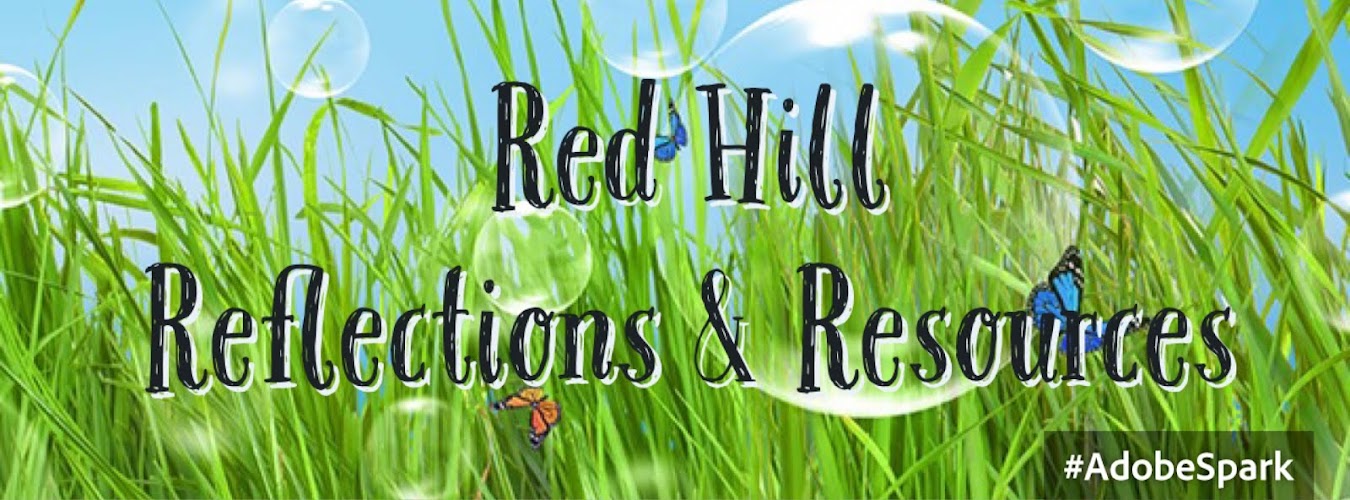This particular picture would be good for grade 6 (common core) as it is intended as a unit rate problem (how much per push pop).
To use this, simply project this picture or share it with students on their electronic devices. Then have students take a few minutes (2-3) on their own to start writing down things they NOTICE and WONDER.
Next have students take turns sharing with a partner or small group. Sometimes if I have them share with a partner when I go and share out with the whole group, students who are called on have to share something their partner noticed or wondered instead their own thinking. By having students share their partner's thoughts this puts more accountability on their partner sharing.
As a whole group we share the wonderings and then come up with a central question to investigate as a class. Questions students may generate with this picture are things like:
- How much does one Push Pop cost? (unit rate)
- How much should sell each Push Pop for in order to make a profit (if you were buying these to resell)?
- How much would it cost to buy all of these packs of Push Pops?
- etc....
For this picture I would have the class choose one question to have everyone investigate and then if they get done and want to continue investigating other questions, they may. Sometimes we run out of time and kids are just don't want to stop. If this happens I would have students write the question(s) they want to continue to investigate down in a individual or classroom "Unsolved Questions/Mysteries" binder. These questions can then be revisited when students have time in the future.
I almost always allow students to work as partner's and/or small groups. Even if students are working together, want each person to capture their response to the question independently. By having all students record they are accountable and it helps them learn to communicate their thinking (Math Practice 6).
If I decide to have kids use a rubric to rate each other, or I decide to use a rubric to score them, I am sure to provide the rubric expectations and criteria before they start working. Some of the rubrics I have used for math are found here. For this particular problem I may score them on how they precisely communicate their thinking.
Once you start NOTICING and WONDERING you will start to look at the world a little differently. I'm always taking pictures of things that I think could lead to doing some math. Now that I almost always have my iphone - I always have a camera handy. Kids can also take pictures that would lead to "doing some math".
If you students are getting really good at NOTICING and WONDERING I suggest progressing onto Three Act Lessons (see my post below). I always have my kids NOTICE and WONDER as part of Act 1 of the Three Act Lesson.
I hope this has given you some more ideas about NOTICING and WONDERING! Feel free to let me know if you have questions or need clarifications!
Happy Last Days of Summer!


No comments:
Post a Comment